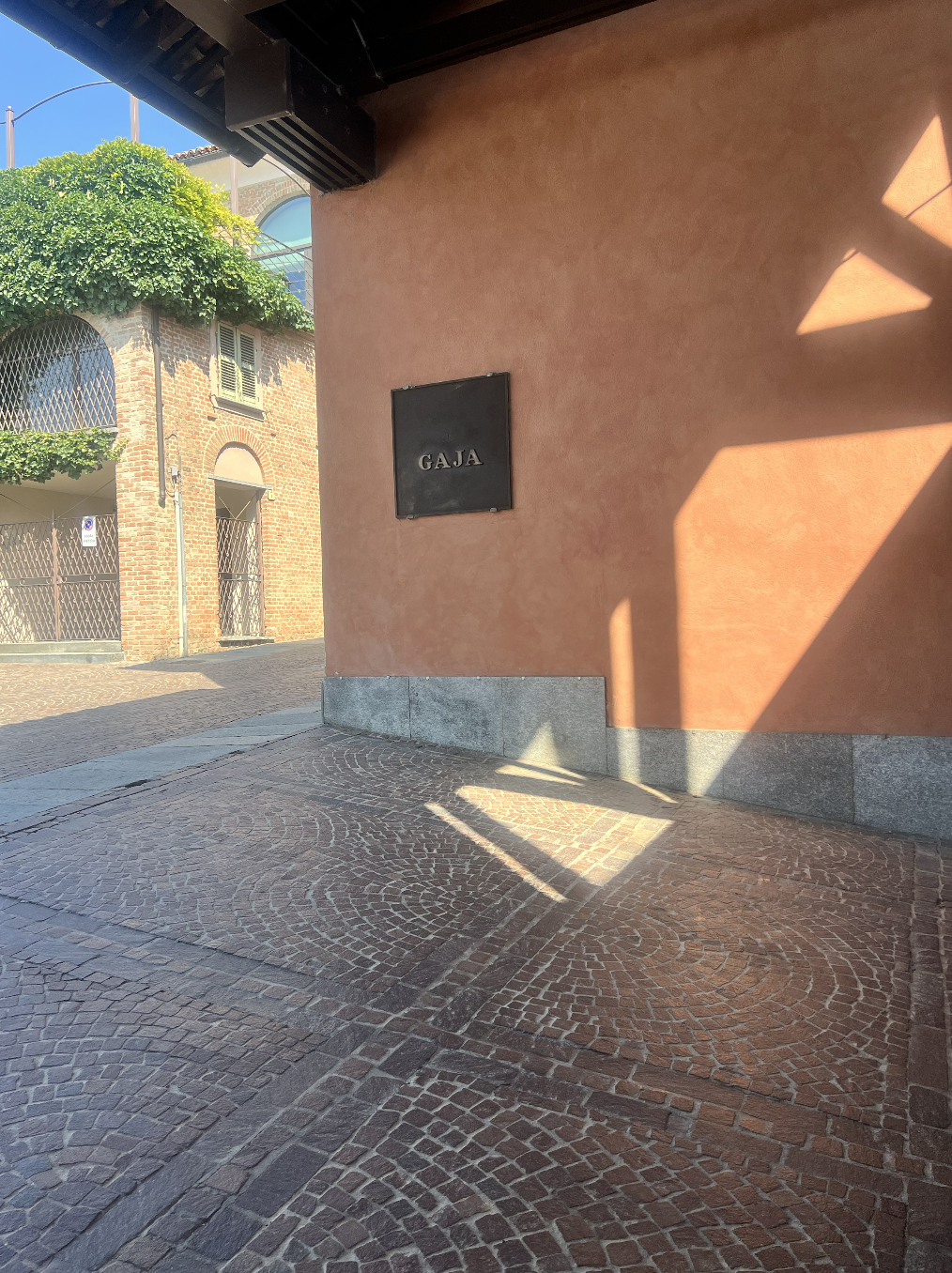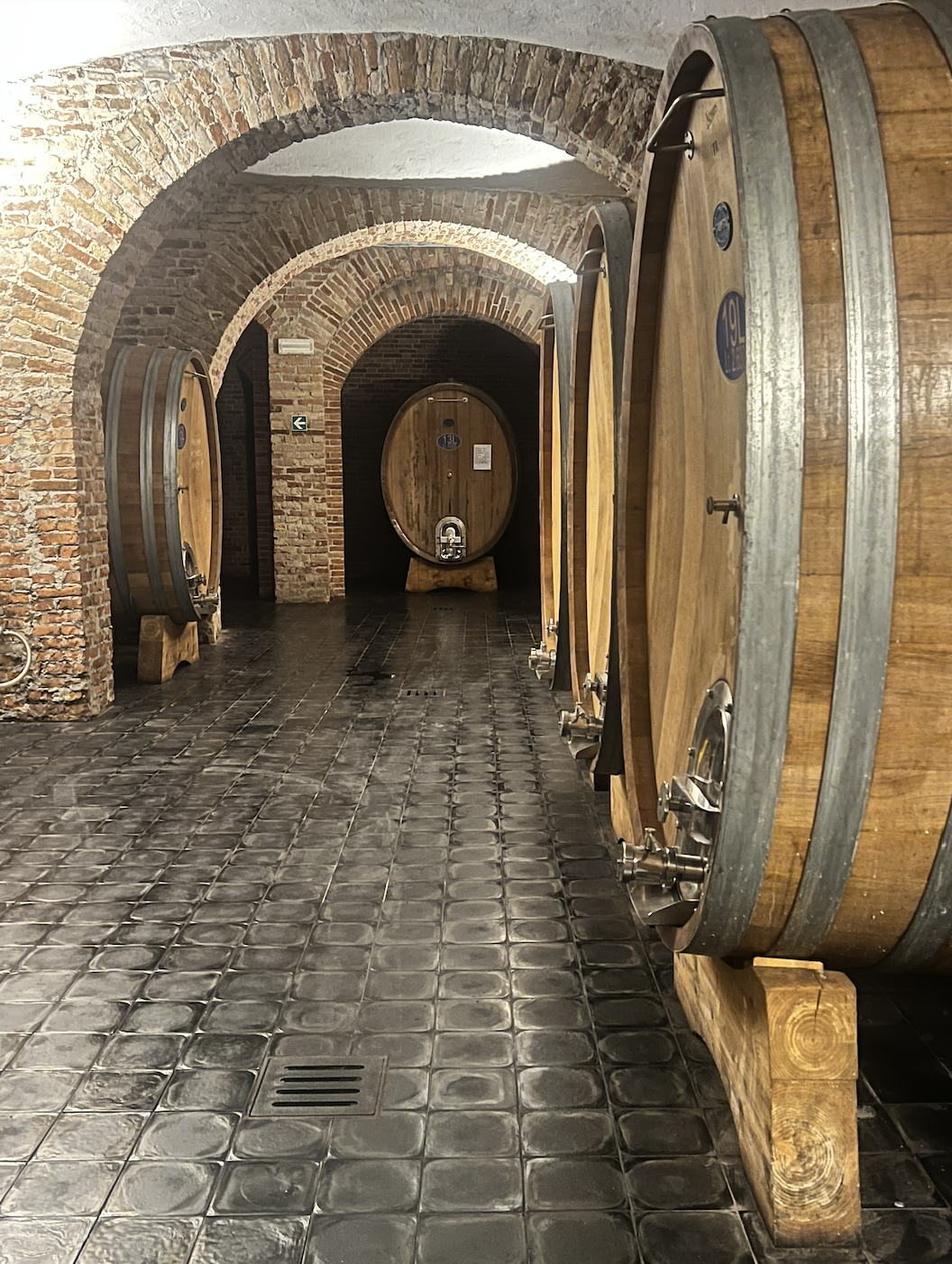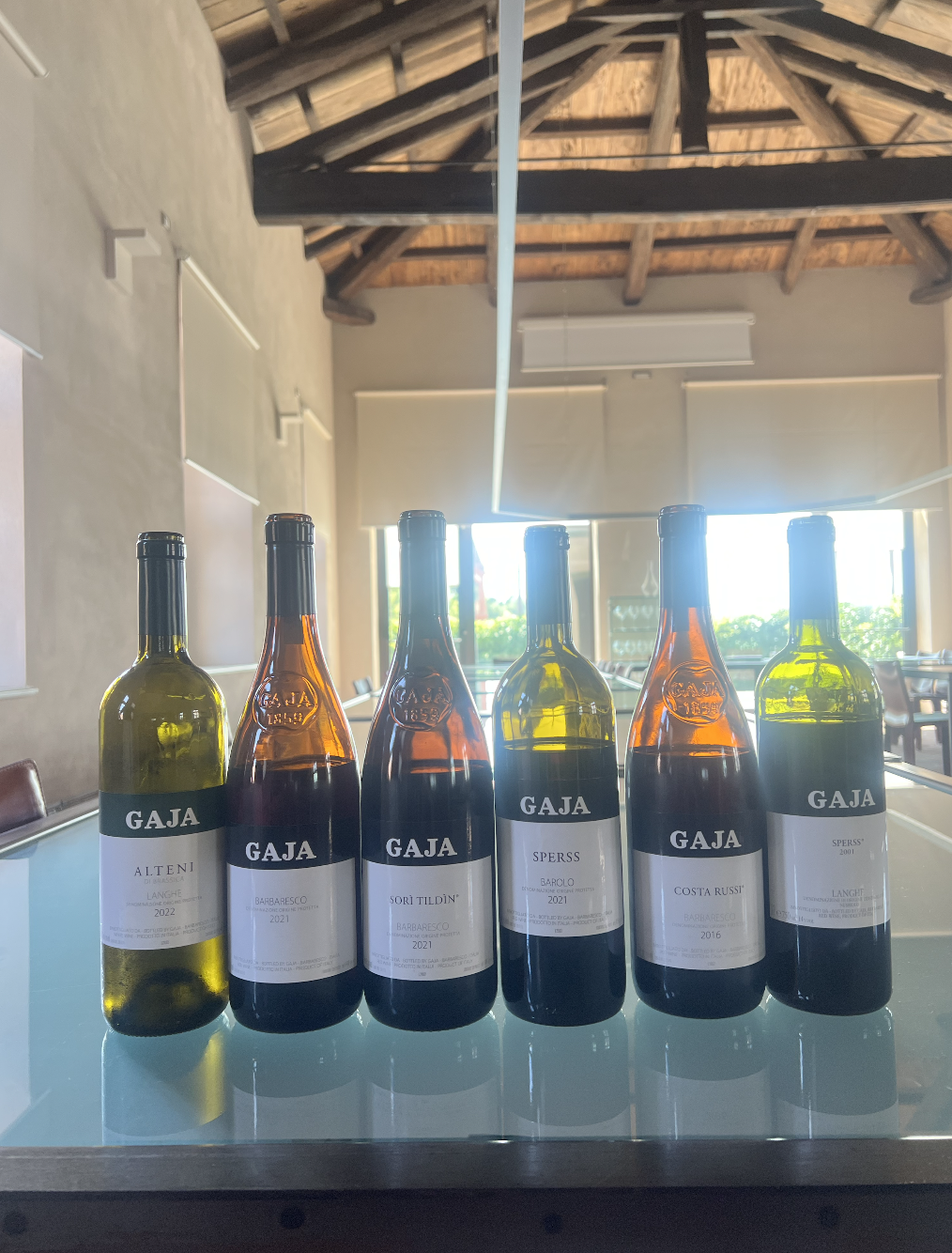A Legendary Family History
GAJA was founded in 1859 by Giovanni Gaja. At the time, Barbaresco did not even exist as a defined wine region—far from it, in fact. The area was primarily agricultural, like many others in Italy, where the people were farmers growing various crops, including grapes. These grapes were fermented into wine, but not bottled or refined. Wine was essentially a basic product for personal consumption. But Giovanni slowly began to change that. He saw potential and started exploring ways to refine the wine he served in his small restaurant in the house (where GAJA is still located) in the town of Barbaresco.
However, it wasn’t until his grandson Giovanni (and yes, the family rotates the names between Giovanni, Angelo, Giovanni, and so on, across generations!) took over that the wines began being bottled, and GAJA became a brand—with bold red letters on the labels starting in 1937. Over the years, production became more and more serious. The goal was to showcase the greatness of the terroir and to prove that neither it nor the Nebbiolo grape deserved the underdog status they had compared to French wines at the time.
The greatest revolution, however, came when his son, Angelo Gaja, joined the business and launched his vision at the young age of 21 in 1961. Over the years, he introduced a number of groundbreaking methods never before practiced in Piedmont: green harvesting (yield reduction), single-vineyard production, use of barriques, malolactic fermentation, and even the planting of international grape varieties like Cabernet Sauvignon, Chardonnay, and Sauvignon Blanc.
Today, Angelo remains actively involved in the leadership, and GAJA is still 100% family-run—together with his wife and their two daughters, Gaia and Rossana.
Over the generations, the family’s holdings have grown to about 100 hectares, and the estate employs over 100 workers in the vineyards alone. There is no compromise on quality, and this deep-rooted focus was once again recognized when GAJA secured 2nd place in the prestigious "The World's Most Admired Wine Brands" in 2025.


